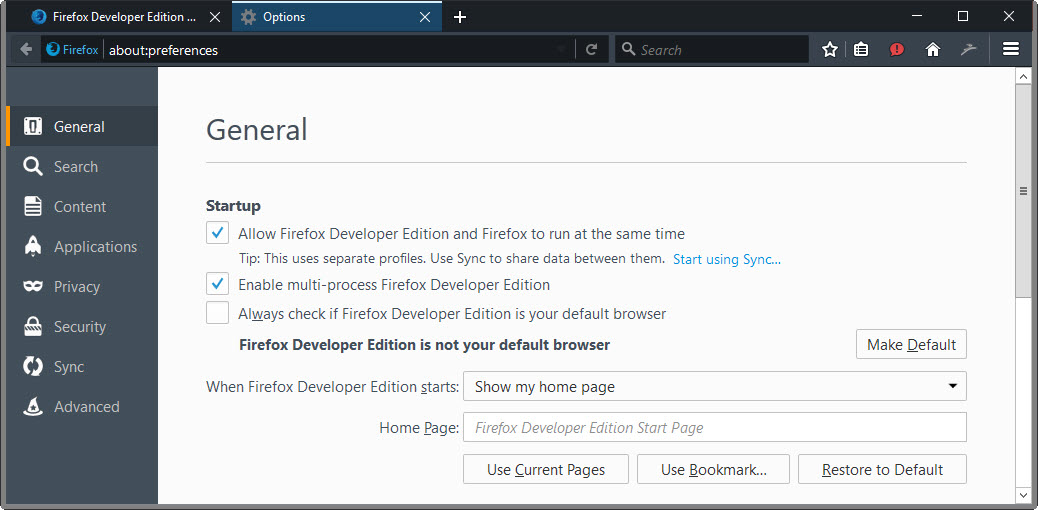Multi-process Firefox’s will use up to 20% more RAM initially
Multi-process Firefox's memory use will increase between 10% to 20% initially on average according to a memory test Mozilla ran recently.
Multi-process Firefox, short e10s, is a major feature for Firefox that has been delayed several times already. Mozilla runs test in beta versions of Firefox currently and plans to release e10s when Firefox 46 Stable is released (subject to change).
Even though most of what it adds to Firefox happens in the background, its integration in the Firefox browser will have an impact on all users of the browser.
Probably the two main areas of interest to users of the browser are compatibility and memory use. Firefox users who look across the pond to see how Chromium-based browsers handle multi-process will notice that these browsers have a higher memory usage compared to Firefox when the same number of tabs are opened.

A recent memory benchmark revealed information about the memory usage of Firefox with e10s enabled as compared to Firefox without multi-process architecture.
In short, Firefox users should expect a 10% to 20% higher memory use with e10s enabled in the browser. The figure is rough, as it depends on parameters such as the number of open tabs, which websites are loaded, which add-ons are installed that change from user to user.
The test itself was run on Linux, Windows and Mac OS X systems and involved the following six steps and measurements:
- Load Firefox with n-content processes.
- Measure memory usage.
- Open 100 urls in 30 tabs, and cycle through tabs once 30 are open. Wait 10 seconds per tab.
- Measure memory usage.
- Close all tabs.
- Measure memory usage.
Mozilla plans to launch multi-process Firefox with one content process initially, but the test was run with 0, 1, 2, 4 and 8 content processes.
While you will notice an increase between 10% to 20% usually between the 0-content process configuration and the 1-content process configuration, memory usage may jump to 200% if more content processes are added.
For instance, a 32-bit version of Firefox on Windows used about 461 MiB with the tabs opened in the browser and e10s not enabled, and 537 MiB with e10s and one content process enabled. An increase to four content processes saw a jump in memory use to 800 MiB, and an increase to 8 content processes one to 1099 MiB. Similar increases can be observed on Linux and Mac OS X machines.
Overall we see a 10-20% increase in memory usage for the 1 content process case (which is what we plan on shipping initially). This seems like a fair tradeoff for potential security and performance benefits, but as we try to grow the number of content processes we’ll need to take another look at where that memory is being used.
Conclusion
Firefox users should anticipate an increase in memory use when Firefox's multi-process architecture is enabled by Mozilla. The increase varies based on use, but it will be between 10% to 20% on average.
This article was first seen on ComTek's "TekBits" Technology News

- Log in to post comments